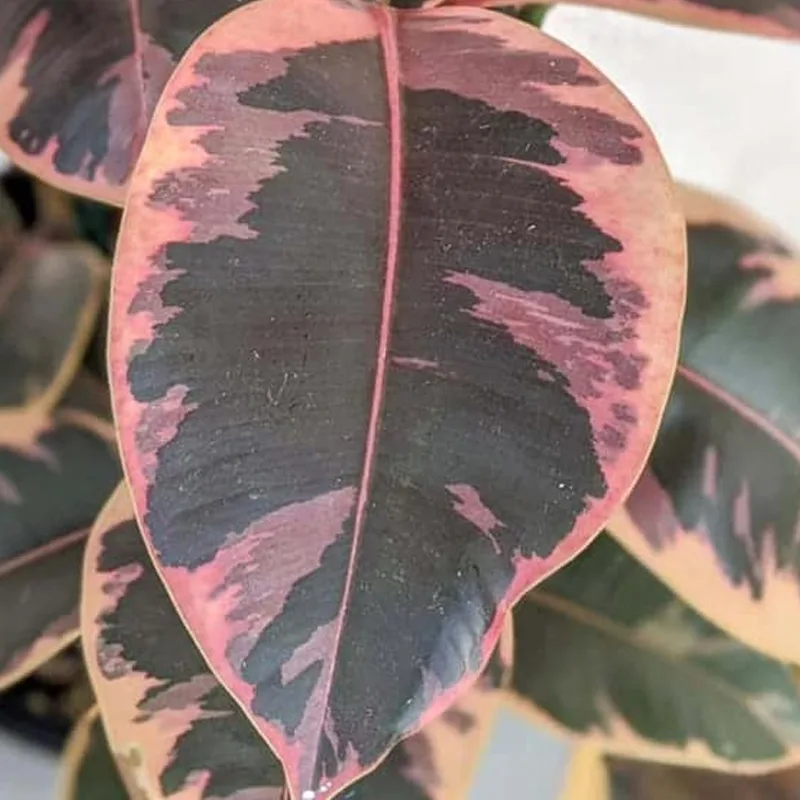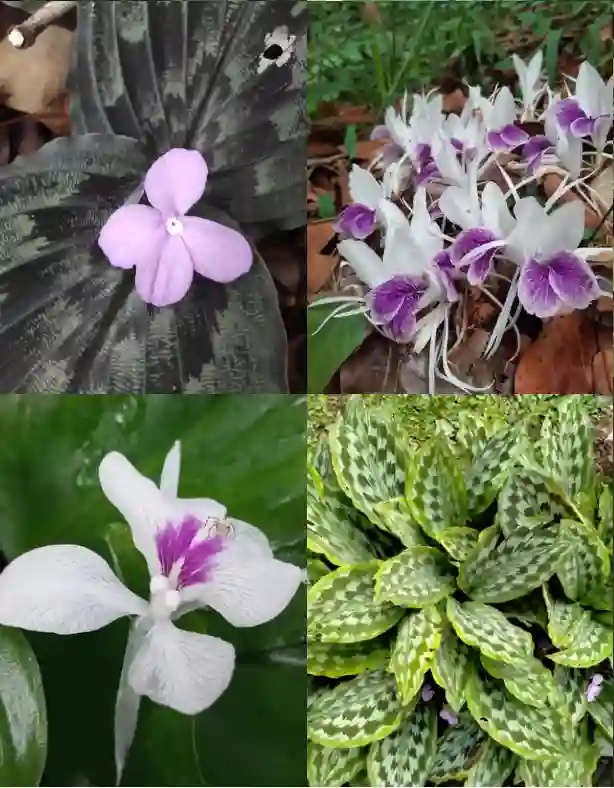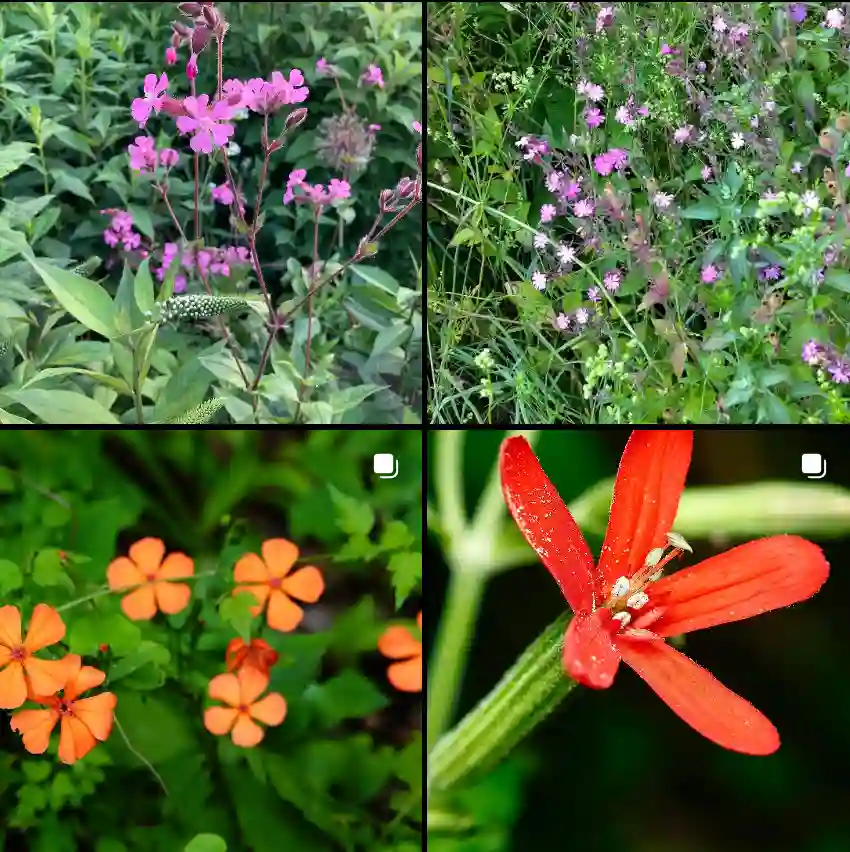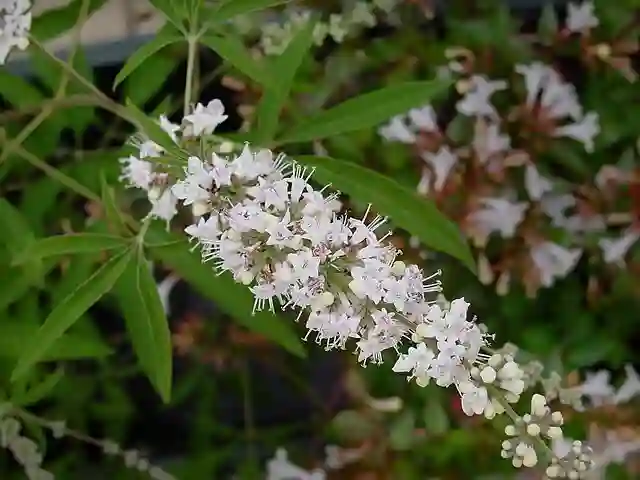Rhaphiolepis Umbellata: A Fragrant and Low-Maintenance Beauty
Hi there, Ferb Vu here! Today, we’re diving into the world of the Rhaphiolepis umbellata, also known as the Yeddo Hawthorn. This little evergreen shrub is a favorite among gardeners for its glossy foliage, fragrant blooms, and easygoing nature.
Whether you’re a seasoned plant enthusiast or a curious beginner, this FAQ will equip you with all the knowledge you need to cultivate a thriving Rhaphiolepis umbellata.
12 Species in Genus Rhaphiolepis
What is Rhaphiolepis Umbellata?
The Rhaphiolepis umbellata is a slow-growing, broadleaf evergreen shrub belonging to the Rosaceae family, the same family that includes roses and apples. Native to Korea, Japan, and Taiwan, it flourishes in warm climates but can adapt to cooler regions with proper care.
This charming shrub typically reaches a mature height and width of around 1.5 meters (5 feet). Its dense, mounded form is adorned with glossy, oval-shaped leaves that remain vibrantly green throughout the year. But the true showstopper is the display of fragrant white flowers, sometimes tinged with a hint of pink, that grace the branches in early summer.
After the flowers fade, the shrub produces small, fleshy black fruits that add another layer of interest. While these fruits are technically edible, they’re not particularly palatable for humans. However, birds find them quite delightful.
How to Care for Rhaphiolepis Umbellata?
The Rhaphiolepis umbellata is a low-maintenance plant that thrives with minimal intervention. Here’s how to keep yours happy and healthy:
Sunlight: This shrub prefers a spot with full sun for at least 6 hours a day. However, it can tolerate some afternoon shade, especially in hotter climates.
Soil: Well-draining soil is crucial. Amend clay soils with sand or compost to improve drainage.
Watering: Water regularly during the first year of establishment, especially during hot and dry periods. Once established, Rhaphiolepis umbellata is quite drought tolerant and only needs occasional deep watering.
Fertilizing: Apply a balanced fertilizer once a year in early spring.
Pruning: Pruning is not strictly necessary but can be done to maintain a desired shape or size. Prune after flowering to encourage bushier growth.
Pests and Diseases: This shrub is generally resistant to pests and diseases. However, keep an eye out for scale insects or aphids, which can be controlled with insecticidal soap or neem oil.
How to Propagate Rhaphiolepis Umbellata?
There are two main ways to propagate your Rhaphiolepis umbellata:
Seed propagation: This method is less common as it can take several years for seedlings to reach maturity. However, if you’re patient, you can collect seeds from the ripe fruits and sow them in a well-draining potting mix.
Stem cuttings: This is the preferred method for propagation. Take semi-hardwood cuttings in late summer or early fall. Remove the lower leaves and dip the cut end in rooting hormone before planting in a moist potting mix. Keep the cuttings warm and humid until roots develop.
What to Plant with Rhaphiolepis Umbellata?
The Rhaphiolepis umbellata’s versatility makes it a great addition to various garden styles. Here are some ideas for companion plants:
- Perennials: Lavender, catmint, daylilies, columbine
- Low-growing shrubs: Azaleas, viburnums, boxwood
- Small trees: Crepe myrtles, Japanese maples
Ferb’s Final Thoughts
The Rhaphiolepis umbellata is a charming and low-maintenance shrub that offers year-round beauty. Its glossy foliage, fragrant flowers, and tolerance for various conditions make it a perfect choice for beginner and experienced gardeners alike. With a little TLC, you can enjoy this delightful plant for many years to come.
If you have any further questions about the Rhaphiolepis umbellata or any other gardening queries, feel free to reach out! Happy planting!
If i die, water my plants!



